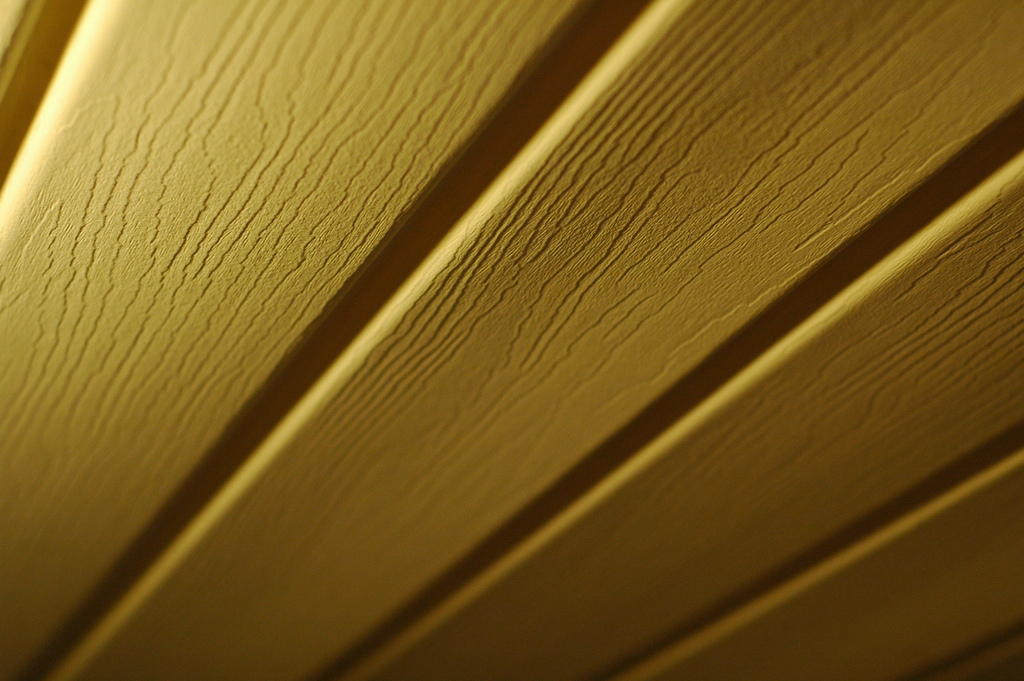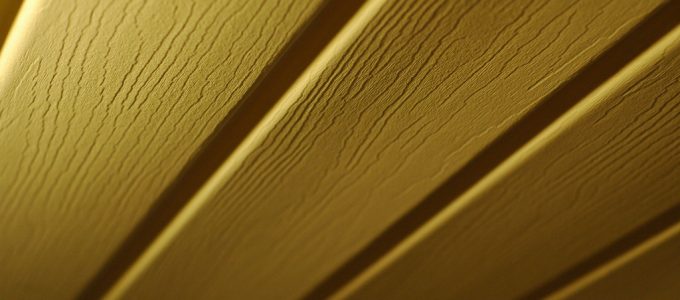Posted by Empire Siding & Windows in Homeowner Tips
Choosing a siding material is one of the most important decisions you’ll make for your home. And with several material choices available, the decision can get complicated fast. Every homeowner is different. No two have needs exactly alike, and each material has its pros and cons.
To guide you in finding the right siding for your home, we’ve written a rundown on the four most popular siding materials, including their price, durability, and maintenance requirements.
Vinyl
Maintenance: Wash with soapy water once per year (no pressure washing, please)
Price: Low
Benefits: Low cost, simple installation, easy repair
Disadvantages: Toxic when burned, can’t be painted, susceptible to “chalking”

Vinyl siding is composed of PVC plastic, and it has been around for decades. The earliest types of vinyl siding had little durability and were known to wear down quickly, however that isn’t true of modern vinyl siding.
There’s tons of variety to choose from when it comes to vinyl. Some products can even replicate wood grain and stone. Vinyl is a great budget option with good aesthetics and decent durability.
Insulated Vinyl
Maintenance: Yearly washing
Price: Moderate
Benefits: Energy efficiency, wide variety of colors
Disadvantages: Same as standard vinyl
If you’d like the added benefit of energy efficiency, insulated vinyl siding is a great choice. It is almost identical to regular vinyl siding, with the exception of added insulation.
Expanded polystyrene is the insulation material you can expect to find in most insulated siding. Although it costs a little more, insulated vinyl will pay you back in the long run with better efficiency and lower energy bills.
Fiber Cement
Maintenance: May require repainting every 20 or so years
Price: High
Benefits: Low maintenance, very durable, termite resistant, nonflammable
Disadvantages: Cost, installation

One of the newest materials available to consumers, fiber cement siding is made using a mixture of lumber byproducts, sand, and cement. It comes in a variety of colors, which are mostly fade resistant, and it can be painted as well.
The only downside to fiber cement siding is its higher cost, both in material and installation. However, your upfront investment will pay off in long-term durability and ultra low maintenance.
Engineered Wood
Maintenance: Weatherproofing and painting every five years, occasional sanding, yearly washing (no pressure washing)
Price: Moderate
Benefits: Simple installation, 50 year warranty on many products
Disadvantages: Heavier maintenance, susceptible to rot if not properly installed and cared for
Similar to fiber cement, engineered wood siding makes use of lumber byproducts bonded together with an adhesive – no sand or cement. Engineered wood products have all the visual benefits of standard wood siding with less of the maintenance and none of the risk of termite infestation or rot.
If you don’t mind doing a little extra maintenance every five years, engineered wood siding can bring an beautiful, refined look to the exterior of your home.
As you prepare to pick a siding material for your home, take care to weigh all the pros and cons. Unlike many aspects of your home, your siding is a long-term fixture that you’ll be committed to for quite a while.
Use this guide, as well as the assistance of your local contractor, to find the perfect siding for your home.
Photo credits:
1. Photo by Charles Figel
2. Photo by Heather Gardner-Madras

